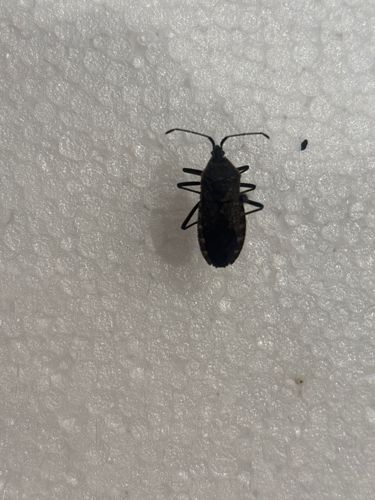Brown Marmorated Stink Bug
Scientific Name: Halyomorpha halys
Order & Family: Hemiptera (Order), Pentatomidae (Family)
Size: 1.2 to 1.7 cm (0.47 to 0.67 inches) in length

Natural Habitat
Originally from East Asia (China, Japan, Korea, Taiwan), it has become an invasive species in North America and Europe. It is commonly found in agricultural fields, orchards, gardens, and urban/suburban environments, often seeking shelter in homes and other structures during cooler weather.
Diet & Feeding
Polyphagous, feeding on a wide variety of plants, including fruits (apples, peaches, berries, citrus), vegetables (corn, tomatoes, soybeans, peppers), field crops, and ornamental plants. They feed by inserting their stylets (mouthparts) into the plant tissue and sucking out sap, which can cause damage to fruits and vegetables.
Behavior Patterns
Known for their tendency to overwinter in sheltered locations, often congregating in large numbers on the sides of buildings and then moving indoors through cracks and openings. When disturbed or crushed, they emit a strong, unpleasant odor as a defense mechanism, hence the name "stink bug."
Risks & Benefits
Risks: Major agricultural pest, causing significant economic damage to various crops. Their feeding can lead to fruit deformities, necrotic spots, and reduced yield. As nuisance pests, they can become a significant problem when they invade homes in large numbers. Benefits: No significant benefits are documented; they are primarily considered a pest species in regions where they have been introduced.
Identified on: 9/19/2025